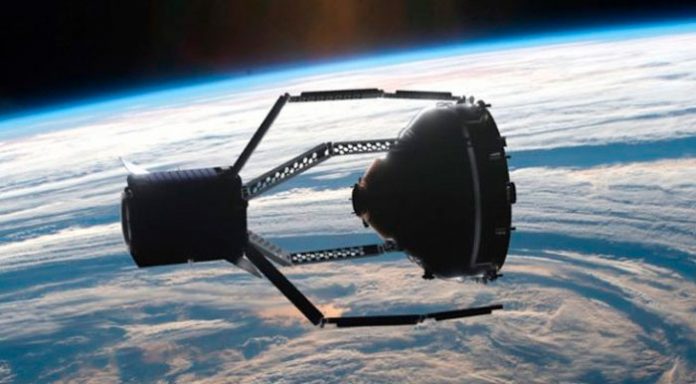The space junk cleaner will emerge from a partnership agreement between the European Space Agency (ESA) and ClearSpace in Switzerland. The contract amount is $68 million. The cooperation will result in the first spacecraft in the history of the Earth, the purpose of which will be to collect the debris that has accumulated over the short space age in the form of debris from artificial satellites or vehicles that have lost control. The name of the future orbital cleaner, Claw, has also become symbolic.
Today, there are about 2.8 thousand operational and 3 thousand outdated satellites in the Earth’s orbit. In addition, a huge amount of spacecraft debris rotates in the orbit. For example, there are over 900 thousand large pieces of debris with a diameter of more than 100 mm.
The main task of the Claw Orbit Cleaner will be to destroy the largest inoperable artificial orbital objects. To do this, the device will “push” the “dead” satellites from orbit and send them to the upper atmosphere, where they should collapse and burn.
The first “victim” of the space scavenger will be the secondary payload adapter of the ESA Vega rocket, called VESPA, which has an impressive 112 kg mass and has been in orbit since 2013. ClearSpace startup engineers have created a video demonstration of the process of how the “Claw” can change its flight trajectory.
According to the project’s plans, the launch of the first space cleaner, ClearSpace-1, is scheduled for 2025. To successfully complete the flight preparations, partners are currently seeking additional funding. The presence of a huge amount of debris in the orbit and the ever-increasing number of new spacecraft launched from Earth make this project a long-term, permanent one.







